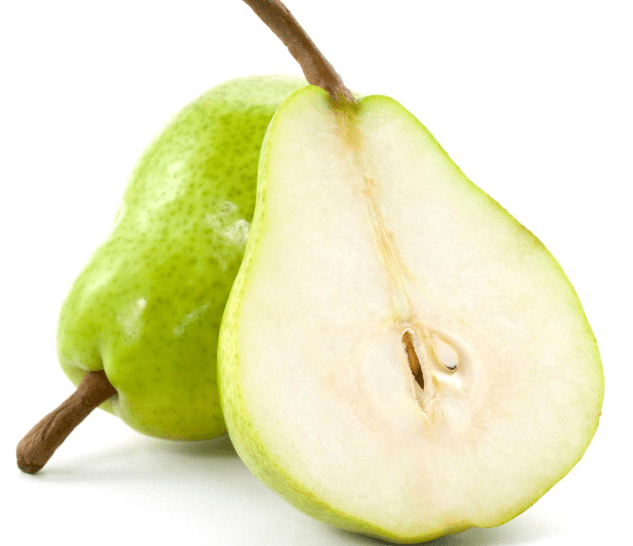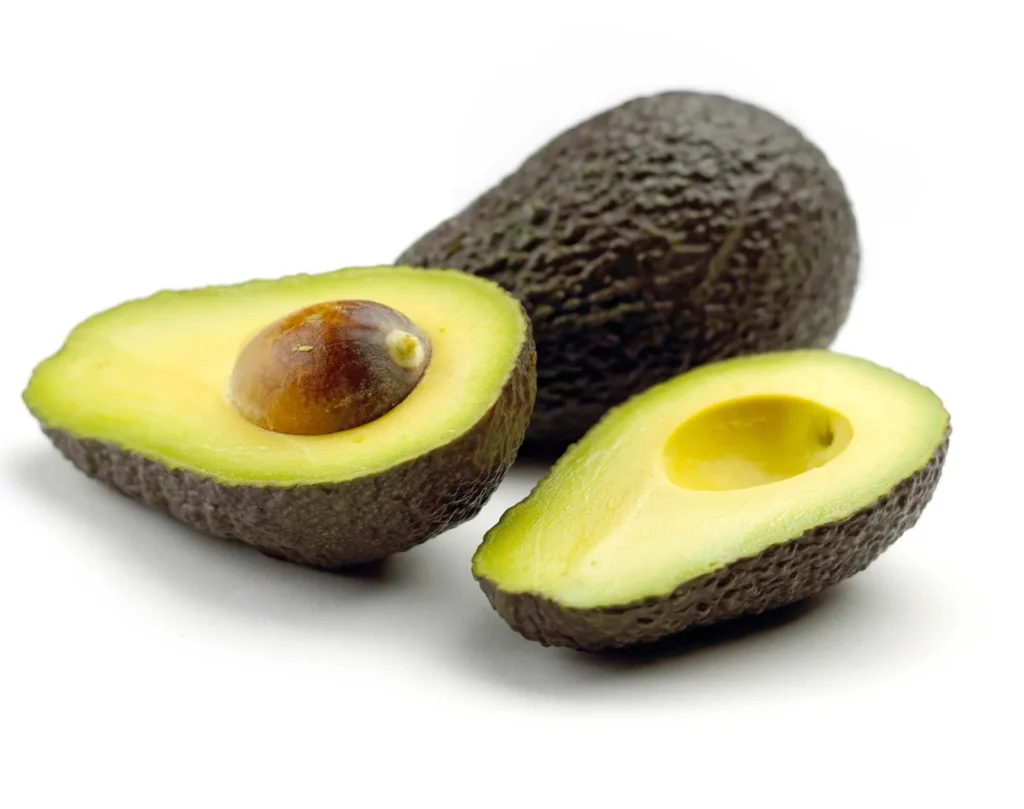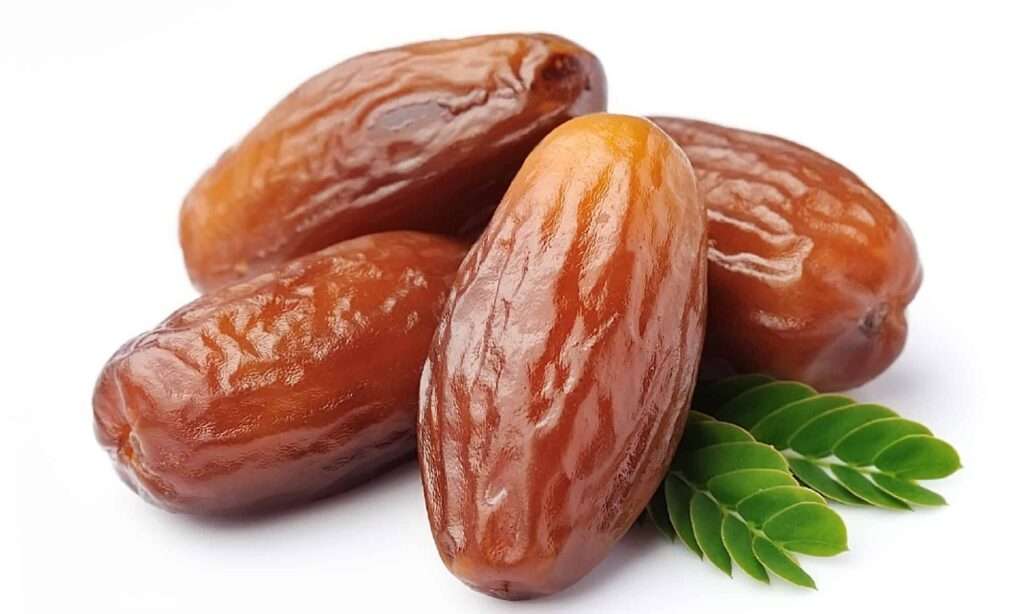
Description
The common pear, Pyrus communis, belongs to the genus Pyrus, which contains between 20 and 45 trees and shrubs of the rose family (Rosaceae). As opposed to apples, pears have “grit” or “stone cells,” which are hard cells in the flesh that give pears their distinctive sweetness and softer texture. Typically, pears have elongated fruits that are thicker at one end near the stem and thinner at the other.
Varieties
There varieties includes Beurré Hardy, Beth, Concorde, Beurré Superfin, Conference and Doyenné du Comice.

Uses
Pears can be eaten fresh, dried, canned, and as juice. The juice can also be added to jams and jellies, typically along with other fruits like berries.
Nutrition
Raw pears provide 239 kilojoules (57 kilocalories) of food energy in a 100 g (3+12 oz) reference quantity, a moderate amount of dietary fiber, and no other necessary elements in appreciable proportions.
Cultivation
Approximately 3000 identified types of pears are grown globally, according to Pear Bureau Northwest. Grafting a chosen variety onto a rootstock, which could be either a quince or a pear variety, is the traditional technique of pear propagation. Quince rootstocks produce smaller trees, which are commonly favoured in backyard orchards and home gardens. Flowers can be crossbred to keep or combine advantageous traits for new varieties. Pears yield fruit on spurs that develop on shoots older than a year. Deep, medium-textured, well-drained soils are optimal for pear growth. From low slopes (600–2700 msl) to high hills (500–1500 hr of chilling), pears can be grown.
Table





